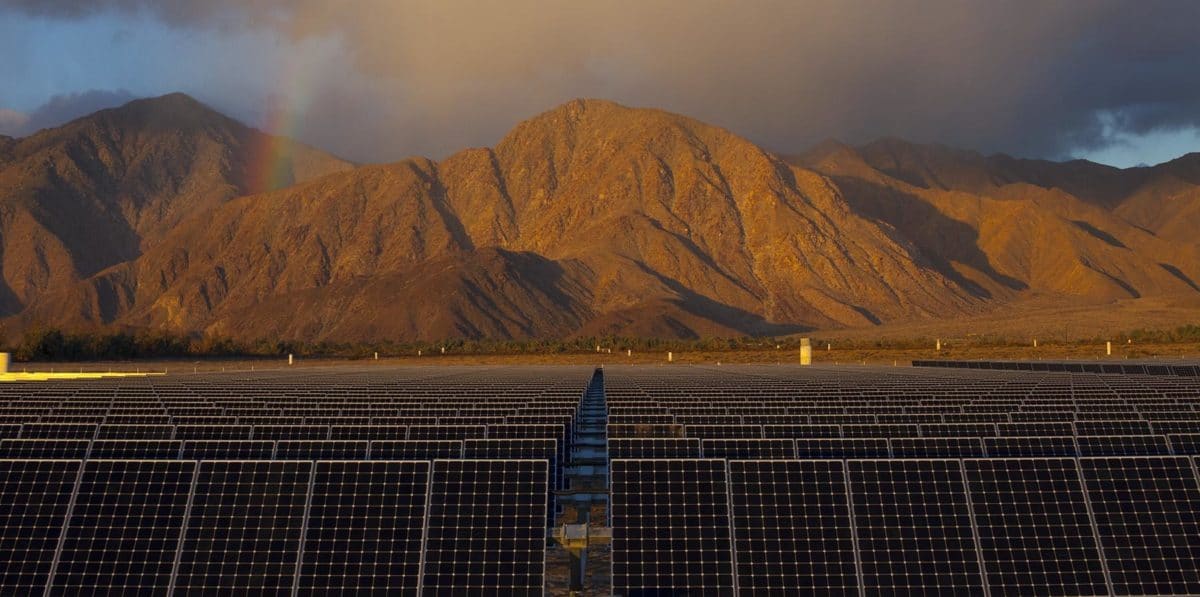From pv magazine USA
Recent studies have proposed using solar-plus-storage microgrids to minimize public safety concerns from power shutoffs (PSPS) during the wildfire season for communities located in wildland-urban interfaces, such as California and much of the US west coast.
A comprehensive assessment of microgrids had not been performed to evaluate the potential to enhance resilience for up to 46 million Americans living next to forests, or a wildland-urban interface, where wildfire risk is acute.
To address this research gap, a study by the Lawrence Berkeley National Laboratory looked at a novel modeling framework and assessed the potential of solar and batteries for districts where power can be turned off based on wildfire warnings.
LBNL’s modeling framework consists of:
- Clustering algorithms that identify communities based on building footprint data, fire hazard severity, and renewable energy potential;
- A building simulation model to quantify the energy demand;
- An energy system optimization model to assist the microgrid.
LBNL defines a microgrid as a controllable and localized energy grid that could be disconnected from the regional grid and operate independently.
An optimization tool was introduced to model microgrids in forest-bordering regions, and subsequently, an assessment was performed focusing on seven localities in California with different climate conditions.
To continue reading, please visit our pv magazine USA website.
This content is protected by copyright and may not be reused. If you want to cooperate with us and would like to reuse some of our content, please contact: editors@pv-magazine.com.




2 comments
By submitting this form you agree to pv magazine using your data for the purposes of publishing your comment.
Your personal data will only be disclosed or otherwise transmitted to third parties for the purposes of spam filtering or if this is necessary for technical maintenance of the website. Any other transfer to third parties will not take place unless this is justified on the basis of applicable data protection regulations or if pv magazine is legally obliged to do so.
You may revoke this consent at any time with effect for the future, in which case your personal data will be deleted immediately. Otherwise, your data will be deleted if pv magazine has processed your request or the purpose of data storage is fulfilled.
Further information on data privacy can be found in our Data Protection Policy.